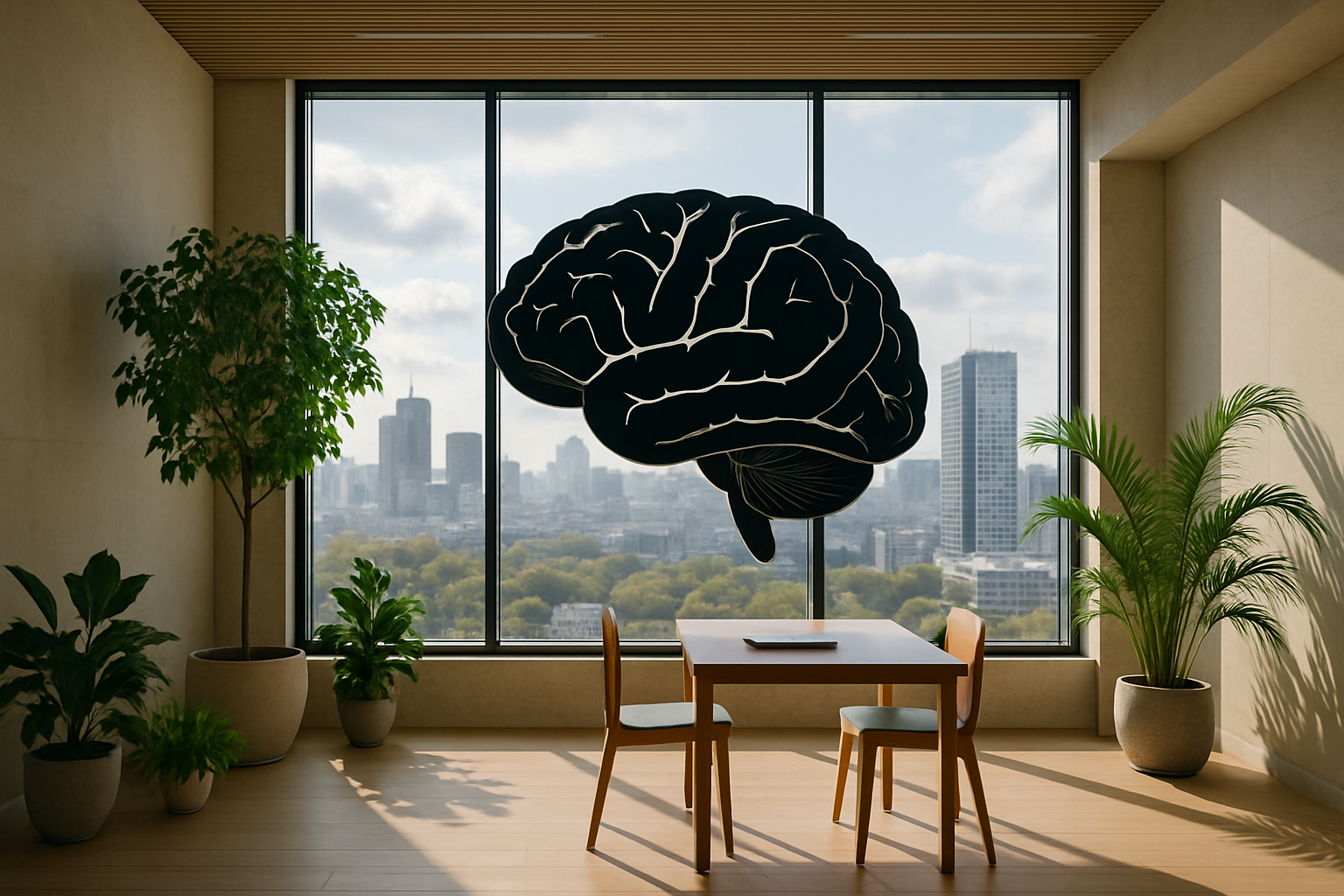Neuroarchitecture: Designing Spaces for Human Wellbeing
In a world where our surroundings increasingly shape our experiences, neuroarchitecture emerges as a groundbreaking field at the intersection of neuroscience and design. This innovative approach is revolutionizing how we conceive and construct spaces, prioritizing human cognitive and emotional responses. From enhancing productivity in workplaces to fostering healing in healthcare settings, neuroarchitecture is redefining our built environment. Read below to explore how this fascinating discipline is transforming the way we live, work, and interact.

The roots of neuroarchitecture can be traced back to environmental psychology studies in the 1960s and 1970s. However, it wasn’t until advances in neuroimaging technologies that scientists could directly observe the brain’s responses to various architectural elements. This technological leap allowed researchers to gather empirical data on how specific design features affect our neural activity, emotions, and decision-making processes.
Core Principles of Neuroarchitecture
At its heart, neuroarchitecture aims to create spaces that optimize human cognitive function and emotional well-being. Several key principles guide this approach:
- Light and Circadian Rhythms: Neuroarchitects emphasize the importance of natural light exposure in regulating our circadian rhythms. Designs incorporate large windows, skylights, and dynamic lighting systems to mimic natural light patterns, promoting better sleep-wake cycles and overall health.
- Biophilic Design: Integrating nature into built environments is a cornerstone of neuroarchitecture. This can include indoor plants, water features, and natural materials, all of which have been shown to reduce stress, improve cognitive function, and enhance overall well-being.
- Spatial Navigation: Neuroarchitecture considers how our brains process spatial information. Designs focus on creating easily navigable spaces with clear landmarks and intuitive layouts to reduce cognitive load and anxiety.
- Sensory Stimulation: Thoughtful consideration is given to sensory inputs like acoustics, textures, and even scents. The goal is to create environments that provide appropriate levels of stimulation without overwhelming the senses.
- Social Interaction: Recognizing the human need for connection, neuroarchitectural designs often include spaces that facilitate social interaction while also providing areas for privacy and reflection.
Applications Across Various Sectors
Neuroarchitecture is finding applications across a wide range of settings, each with unique considerations:
Healthcare: In hospitals and clinics, neuroarchitectural principles are being applied to create more healing environments. This includes designs that reduce stress, improve sleep quality, and even accelerate recovery times. For instance, rooms with views of nature have been shown to reduce post-operative recovery times and pain medication needs.
Education: Schools designed with neuroarchitecture in mind aim to enhance learning outcomes. This might involve classrooms with flexible layouts to accommodate different teaching styles, or outdoor learning spaces that capitalize on the cognitive benefits of nature exposure.
Workplaces: Office designs are being reimagined to boost productivity and employee well-being. This can include incorporating biophilic elements, creating spaces for both collaboration and focused work, and optimizing lighting conditions to match natural circadian rhythms.
Residential Spaces: In homes, neuroarchitecture is being used to create environments that promote relaxation, improve sleep quality, and enhance family interactions. This might involve considerations like color psychology, acoustic design, and the strategic placement of windows for natural light.
Challenges and Ethical Considerations
While neuroarchitecture holds immense promise, it also faces several challenges and ethical considerations:
- Individual Differences: People may respond differently to the same architectural features due to personal preferences, cultural backgrounds, or neurological differences. Creating universally beneficial designs remains a significant challenge.
- Long-term Effects: The long-term impacts of neuroarchitectural interventions are not yet fully understood. Longitudinal studies are needed to assess the sustained effects of these design principles on human health and behavior.
- Privacy Concerns: As neuroarchitecture often involves monitoring and analyzing human responses to environments, there are valid concerns about data privacy and the ethical use of such information.
- Accessibility and Equity: There’s a risk that neuroarchitectural designs could become luxury items, available only to those who can afford them. Ensuring equitable access to these beneficial environments is crucial.
The Future of Neuroarchitecture
As we look to the future, neuroarchitecture is poised to play an increasingly significant role in shaping our built environment. Advancements in neuroscience and technology will likely lead to more precise and personalized design solutions. Virtual and augmented reality technologies may allow for real-time adjustments to environments based on individual needs and preferences.
Moreover, as global challenges like climate change and urbanization intensify, neuroarchitecture could offer solutions for creating resilient, sustainable, and human-centric cities. By prioritizing human well-being in urban planning and building design, we may be able to mitigate some of the negative psychological impacts of dense urban living.
In conclusion, neuroarchitecture represents a paradigm shift in how we approach the design of our built environment. By harnessing insights from neuroscience, we can create spaces that not only shelter us but actively contribute to our cognitive health, emotional well-being, and overall quality of life. As this field continues to evolve, it promises to reshape our homes, workplaces, and cities in ways that profoundly enhance human flourishing.





